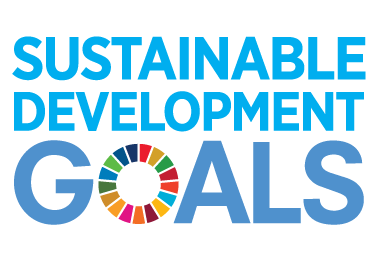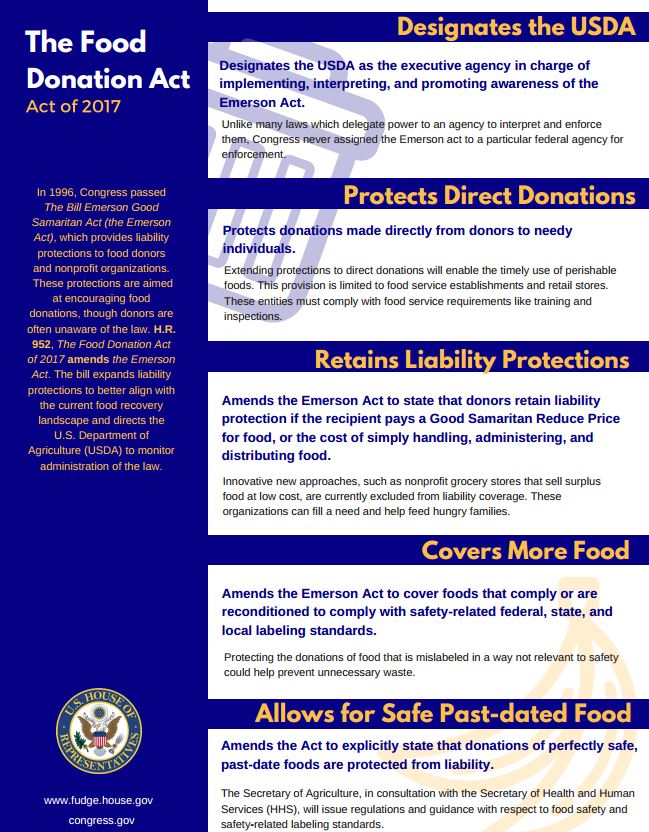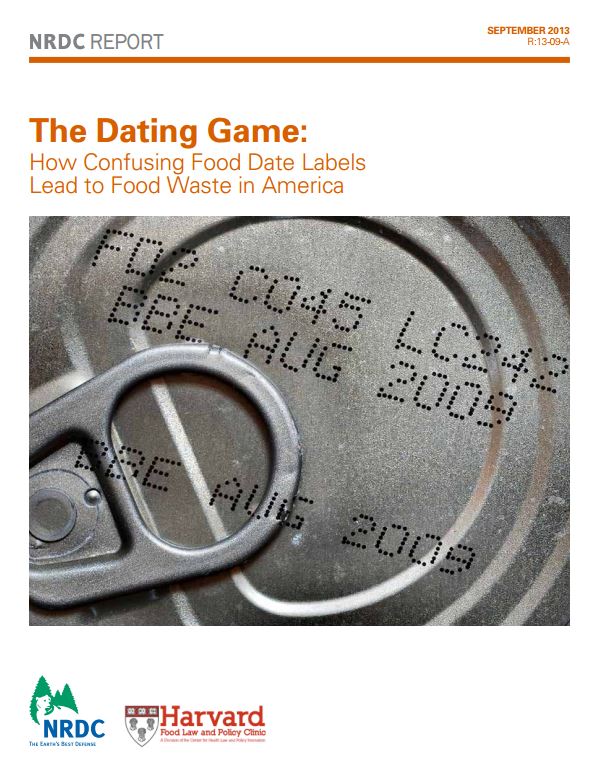Did you know that there are more living things in a teaspoon of soil than there are people on earth? Soil holds an abundance of nutrients and is necessary for life on earth. Unfortunately, soil health isn’t something people often consider. Research shows that one-third of the earth’s soil is already moderately to highly degraded due to various issues such as erosion, nutrient depletion, acidification, urbanization, and chemical pollution.
Soil health is essential for growing food. We can’t have a sustainable future if we don’t maintain it properly. Composting is one of the best ways to naturally fertilize and replenish our soil. Compost is composed of decomposed organic material that can be added to soil to nourish and encourage its natural regenerative cycle.
Composting turns trash into treasure. In addition to fertilizing the soil, composting enriches the soil and helps it retain moisture, reduces methane emissions, increases carbon sequestration, encourages production of nutrient-rich materials, and reduces the need for harmful chemical fertilizers. Furthermore, compost is an excellent way to reduce food waste because all fruit and vegetable scraps are compostable. This is beneficial because every year sixty million tons of mineral-rich food waste goes into landfills.
Compost also increases the ability of soil to sequester carbon, especially when combined with biochar. When paired with nitrogen, carbon improves soil health. Creating and applying compost is pretty easy. You don’t need fancy equipment or lots of land. Composting can even be done indoors in small spaces by vermicomposting, which uses worms to expedite the decomposition process.
Compost requires three basic ingredients: browns, greens, water, and air. Browns include things like dead leaves, branches, and twigs. They supply carbon. Greens include grass clippings, vegetable waste, fruit scraps, and coffee grounds. They supply nitrogen. The water provides moisture to help break down the organic matter. Cornell University recommends a 30:1 ratio of carbon (browns) to nitrogen (greens).
Turning is the final component, though it is not a necessary one. Turning involves moving the material on the inside of the compost to the outside. Nitrogen builds up in the center of your compost so turning the compost is necessary if you want to expedite the decomposition process. If you turn your compost more it will take a shorter amount of time to create the nutrient-rich soil.
Across the state, there are many efforts to encourage community-wide composting. Locally, the Champaign County Landscape Recycling Center recycles yard waste into two types of compost. Champaign County has been hesitant to implement a county-wide composting program that would include food waste after pushback from community members who were concerned about potential odors. Contrary to popular belief, compost is not waste and it does not emit odors, as long as it is properly maintained. The University of Illinois Extension has provided a great overview of how and why to compost if you are interested in creating an individual compost system.
The Illinois Food Scrap Coalition is developing a scope of work related to advancing food scrap composting in Illinois. A score of municipalities in the Chicago area provides curbside organics recycling. In addition, there are dozens of composting facilities around the state. Finally, SIU Carbondale is recycling tons of dining hall food waste into compost at the on-campus Forced Air Composting Facility, where student workers also learn about the composting process.
Universities in other parts of the country are also generating compost. Yale University collects paper towels, and Cornell University provides composting education materials and programs through the Cornell Waste Management Institute. At the University of Massachusetts Lowell, they’re not only composting all food waste generated on campus, they’re also selling that compost to the community. By continuing to boast about compost, we can work to keep our soil healthy and continue the natural regenerative cycle.


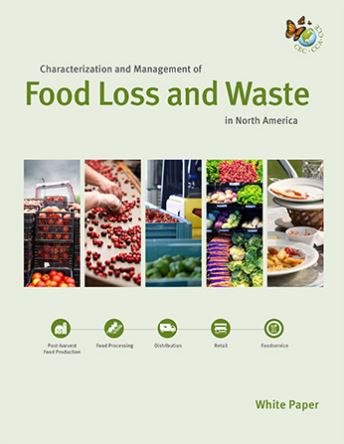 Characterization and Management of Food Loss and Waste in North America
Characterization and Management of Food Loss and Waste in North America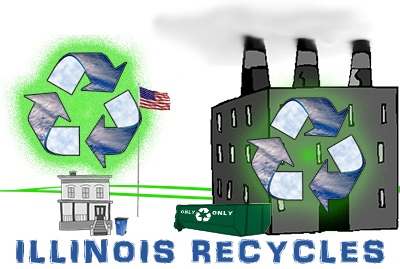

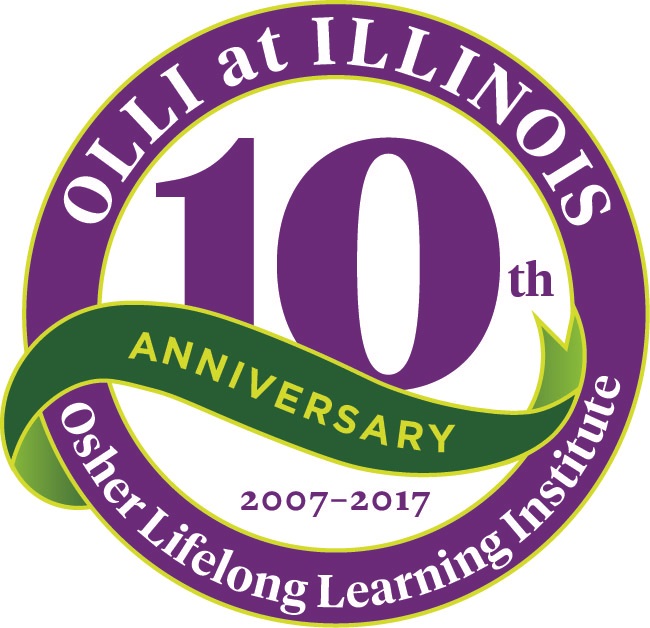

 Food service company
Food service company 